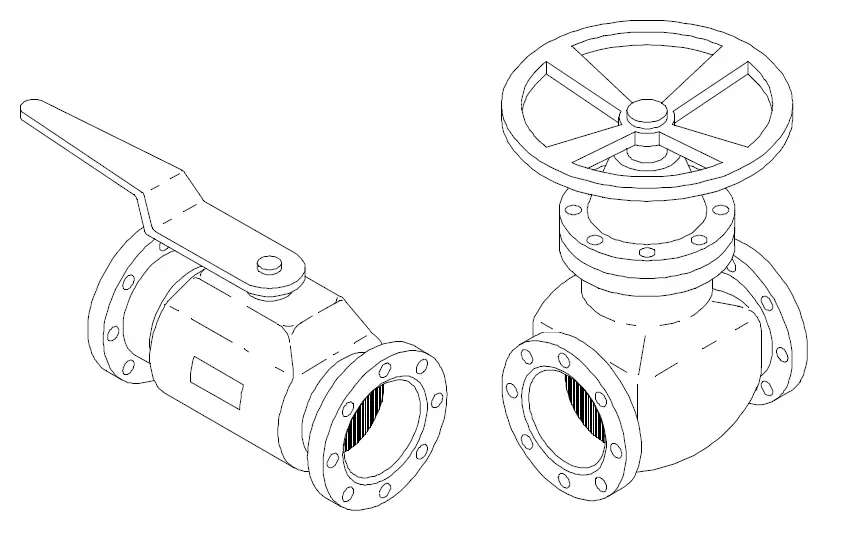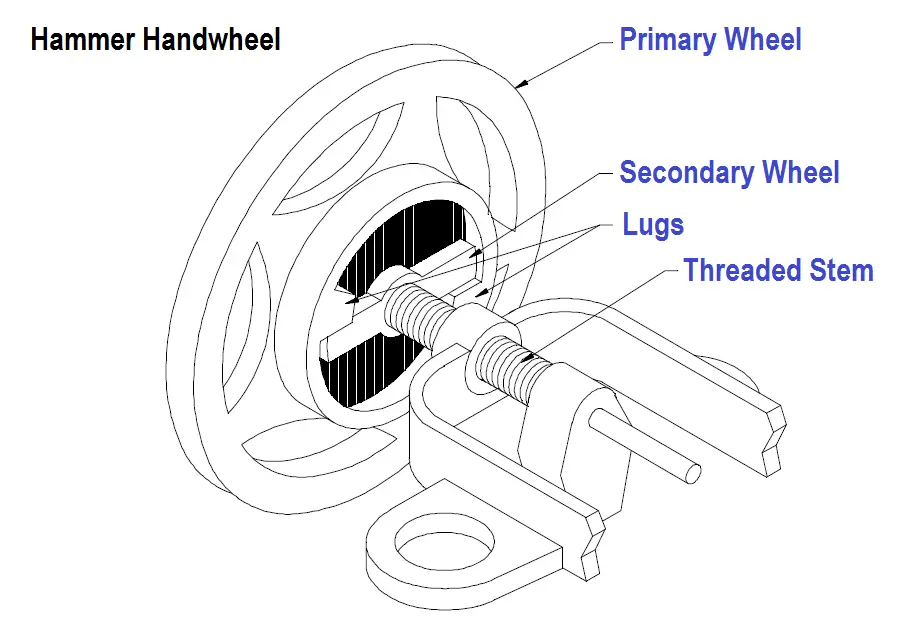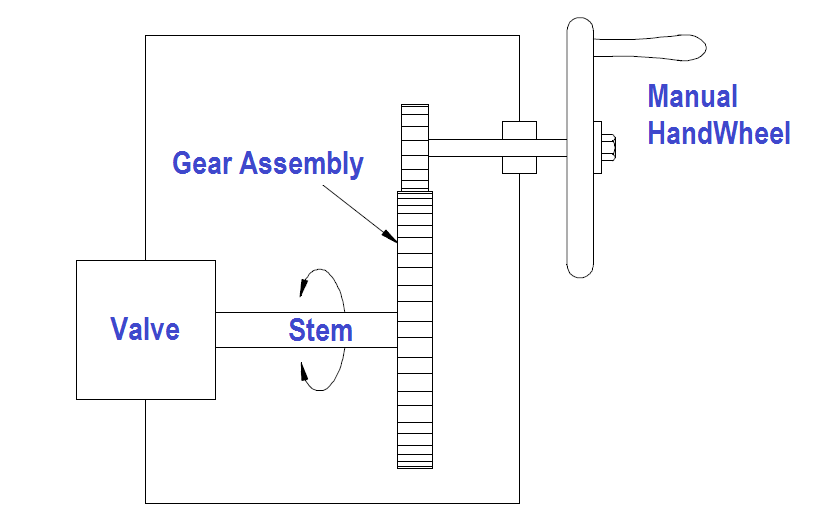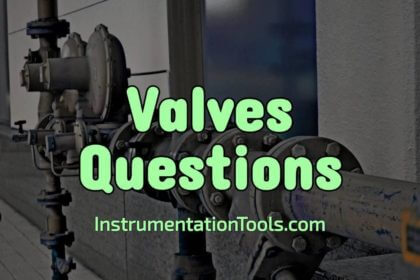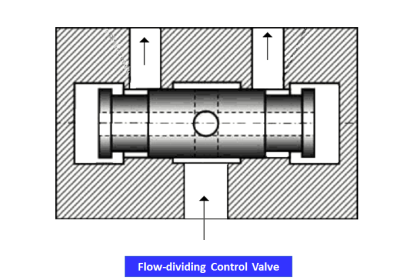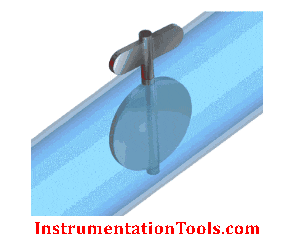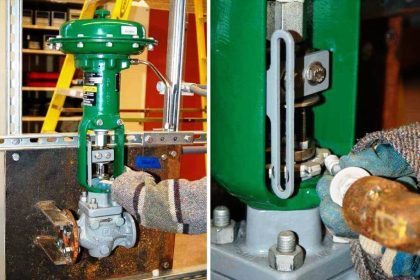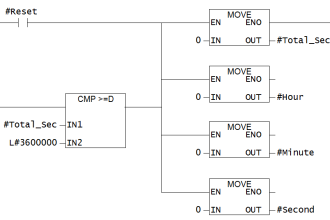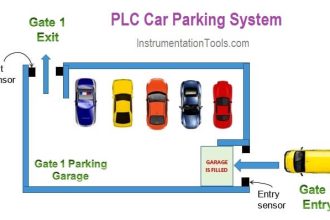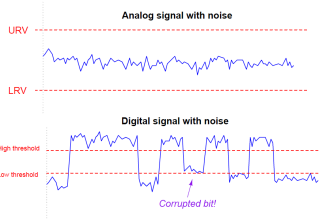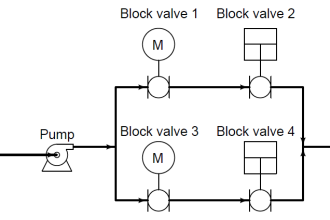Valve actuators are selected based upon a number of factors including torque necessary to operate the valve and the need for automatic actuation.
Types of actuators include manual handwheel, manual lever, electrical motor, pneumatic, solenoid, hydraulic piston, and self-actuated.
All actuators except manual handwheel and lever are adaptable to automatic actuation.
Valve Handwheel Types
Manual actuators are capable of placing the valve in any position but do not permit automatic operation.
The most common type mechanical actuator is the handwheel. This type includes handwheels fixed to the stem, hammer handwheels, and handwheels connected to the stem through gears.
Handwheels Fixed to Stem
As illustrated in Below Figure, handwheels fixed to the stem provide only the mechanical advantage of the wheel.
When these valves are exposed to high operating temperatures, valve binding makes operation difficult.
Figure : Fixed Handwheel
Hammer Handwheel
As illustrated in below Figure, the hammer handwheel moves freely through a portion of its turn and then hits against a lug on a secondary wheel.
The secondary wheel is attached to the valve stem. With this arrangement, the valve can be pounded shut for tight closure or pounded open if it is stuck shut.
Figure : Hammer Handwheel
Gears
If additional mechanical advantage is necessary for a manually-operated valve, the valve bonnet is fitted with manually-operated gear heads as illustrated in below Figure.
A special wrench or handwheel attached to the pinion shaft permits one individual to operate the valve when two individuals might be needed without the gear advantage.
Because several turns of the pinion are necessary to produce one turn of the valve stem, the operating time of large valves is exceptionally long.
The use of portable air motors connected to the pinion shaft decreases the valve operating time.
Figure : Manual Gear Head
